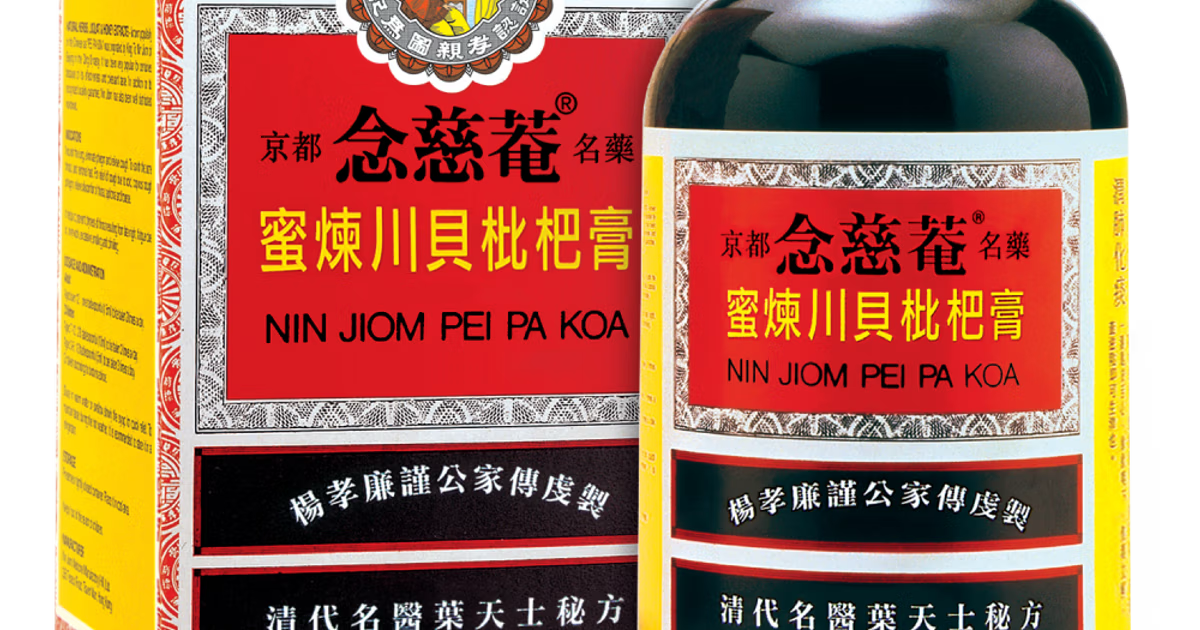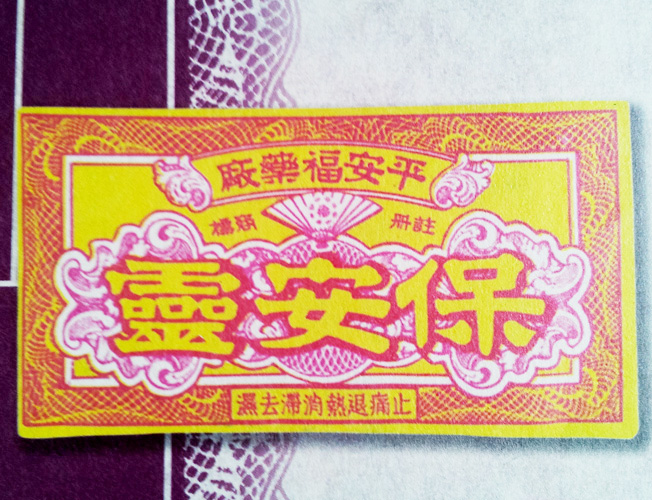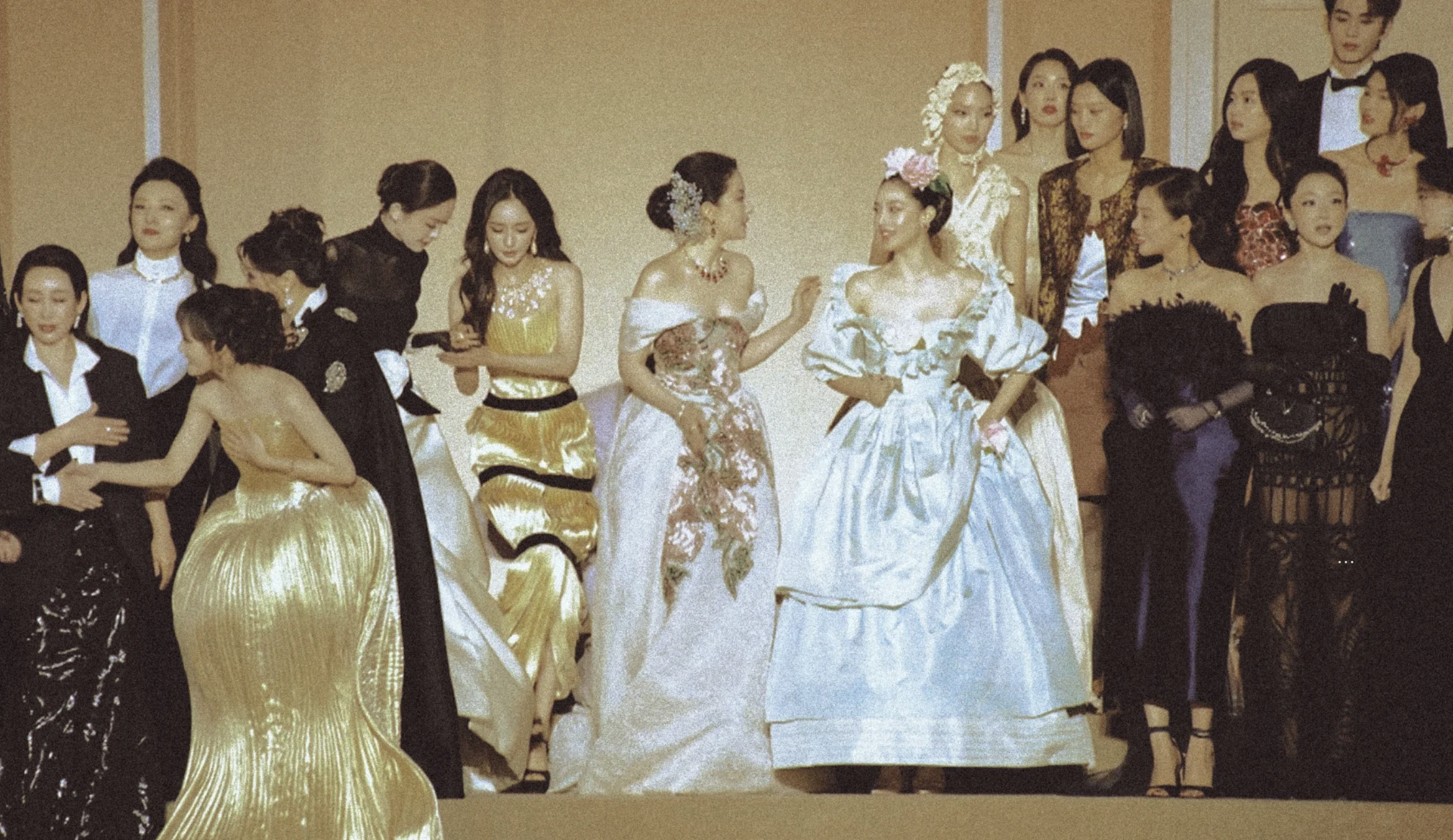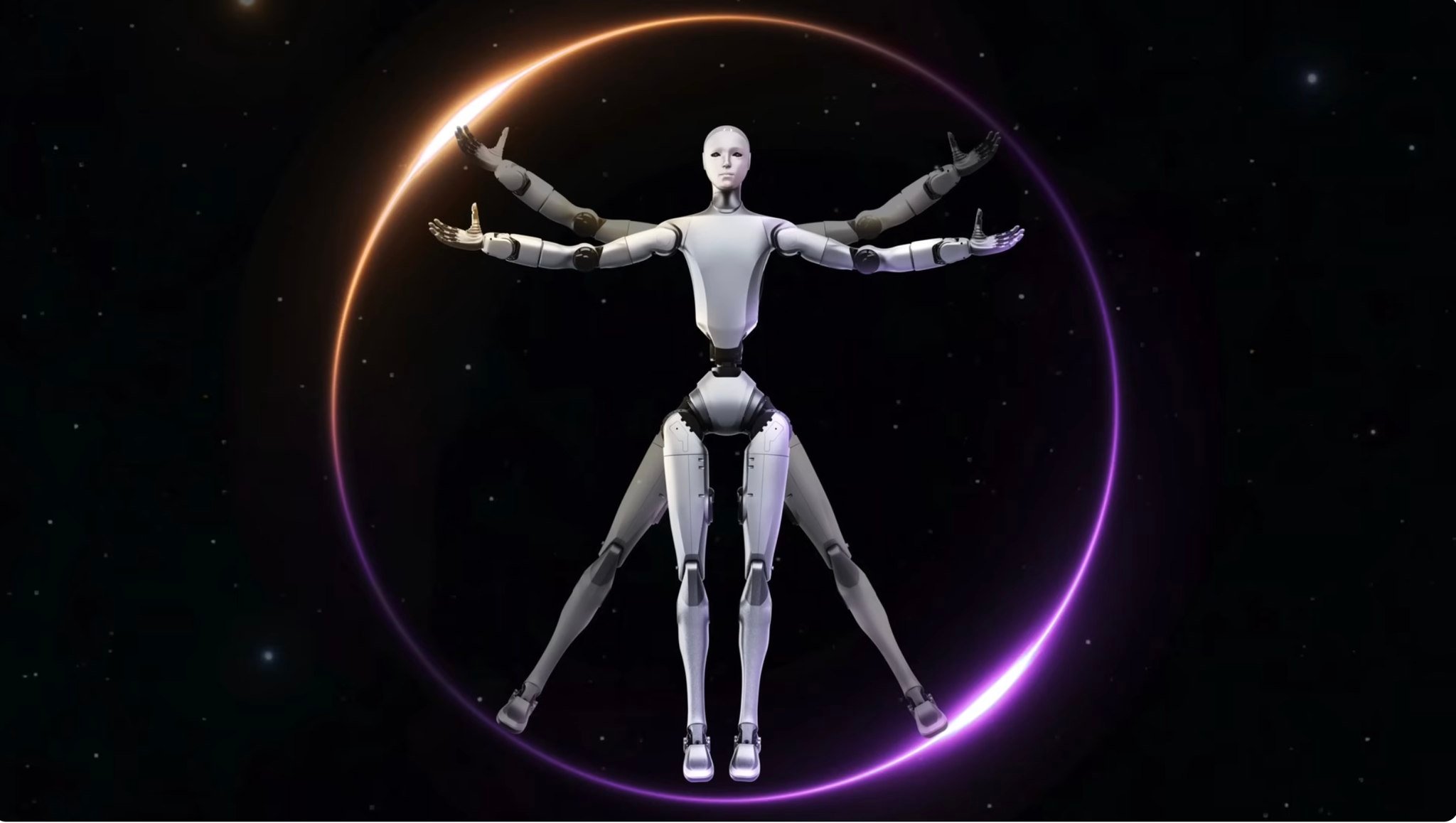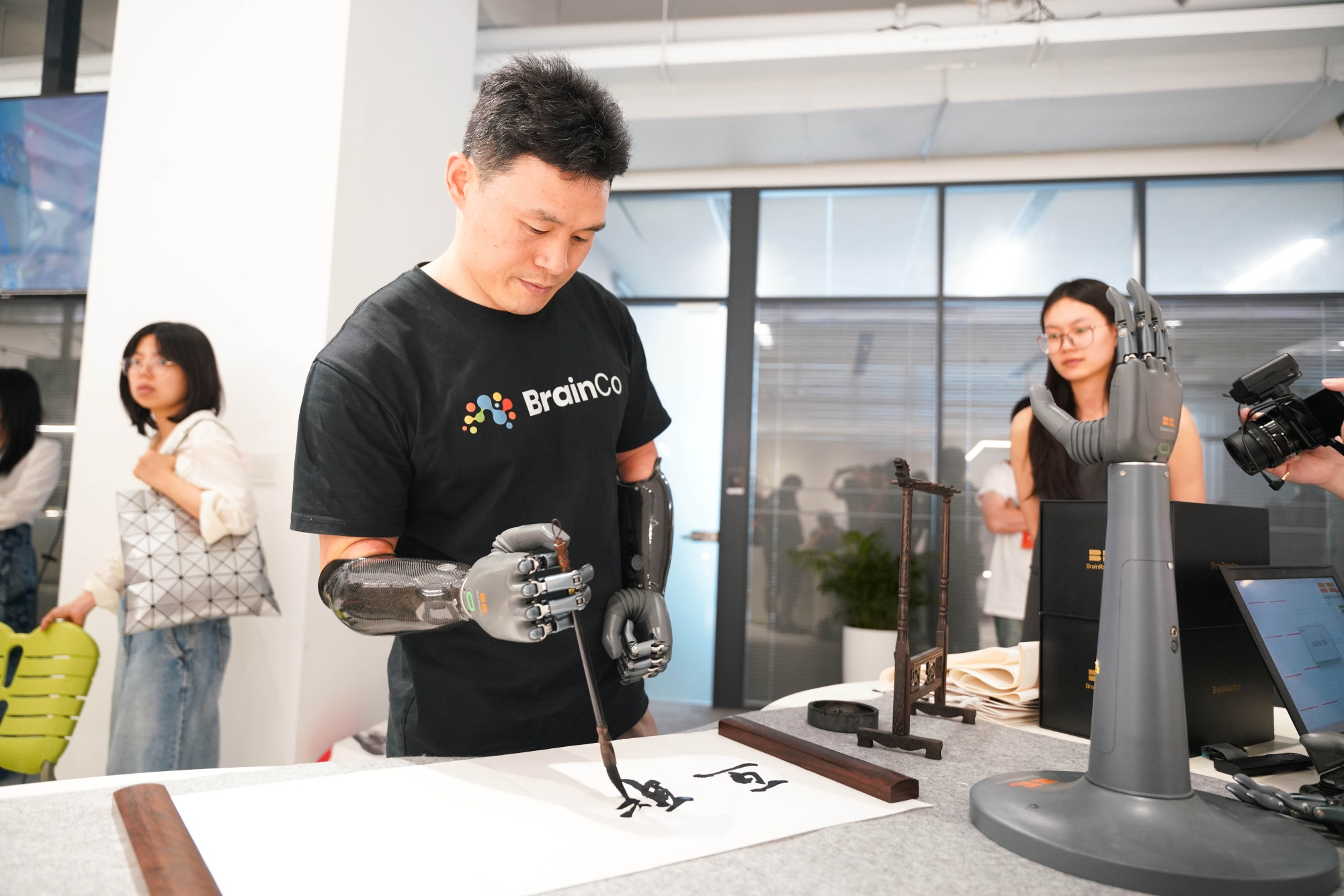Last week, I began my discussion of TCM in terms of what it was not. I worked my way through a maelstrom of misrepresentations that denied traditional Chinese medicine its history and validity — news articles that couched reportage on TCM in terms of superstition and belief, dissected classical Chinese pharmacopeias in search of miracle cures, constructed it as an exotic fetish for an increasingly artificial and impersonal Western biomedicine — but I’m not sure that I reached a satisfactory sense of what TCM is once I reached the other side. I’ll start in on that today.
I’m currently halfway through《中医基础理论》(Zhongyi Jichu Lilun, or in English: Foundational Theory of Chinese Medicine), an introductory textbook on TCM that Beijing University of Chinese Medicine students read early on in their undergraduate careers. While it’s by no means an exhaustive representation of TCM*, the textbook provides a valuable starting point for broader reflection on the modern theory, history, and practice of traditional Chinese medicine. Most strikingly, it draws the reader’s attention toward the surprising proximity of medicine and philosophy: the grounded, fleshy, often-messy practice of curing illness and the study of the mysterious workings of the universe. Still with me? Let’s take a closer look.
Written in formal, technical language that forces me to keep a vocabulary notebook close and a dictionary closer, Zhongyi Jichu Lilun is interspersed throughout with quotations from classical medical texts like the Huangdi Neijing and Shanghan Zabing Lun, as well as philosophical texts like the Dao De Jing and Zhou Yi. (Wikipedia articles linked for your convenience!) In its opening chapter, Philosophical Foundations of Chinese Medicine, the textbook introduces some terms that might be familiar to a Western reader: yin and yang. These words might most immediately recall that swirly black-and-white circle with two dots in it, the one that your friend who went backpacking for three months to “find inner peace” got tattooed on his inner wrist. More generally, though, yin and yang are ancient philosophical concepts that remain incredibly useful both inside and outside traditional Chinese medicine: they provide a way of thinking through contradiction, change, and continuity.
Yin (阴) and yang (阳) originally served as direction markers: yin indicated the shady side, facing away from the sun, and yang the sunny side, facing toward the sun. These original meanings expanded alongside the development of Chinese philosophical thought, becoming a core principle of duality that explained seasonal change, bodily function, and the birth and development of the universe. Yin came to signify things that were lower, darker, colder, wetter, heavier. Night is yin, as are fall and winter. Yang, on the other hand, signifies things that are higher, lighter, warmer, drier, livelier. Daytime, spring, and summer are all yang. While yin and yang can be separately identified, they can’t themselves be separated. There’s no day without night, no warm without cool, no summer without winter. Things are yin and yang relative to each other, existing in dynamic states of equilibrium that facilitate both transformation and stasis, and ensure continuity through contradiction.
I recently gave a brief presentation on yinyang theory for the research group I joined on campus at the Beijing University of Chinese Medicine, and received a surprisingly fitting challenge in return: explain yin and yang as if to a Western audience. (That’s right, RADII readers: I’m getting credit for this!) The point was that the application of yin and yang doesn’t have to be limited to the seasons, or to the organ systems of the Chinese medical body. I can discover yin and yang in the acid-base titrations of my tenth-grade chemistry, in the Biblical creation of Heaven and Earth, and even in Broad City’s Abbi and Ilana. Yin and yang can help us think through the world, much in the same way that they helped ancient Chinese philosophers and doctors think through the seasons, the passage of day into night, or our basic bodily functions.
Yin and yang, of course, also remain central to the theory and practice of TCM in clinics. They reappear in TCM’s conception of the body, its modes of diagnosis and treatment, and its ways of classifying medicinal herbs. I’ll continue to elaborate on all of that in future installations. For now, though, I want to stick with this broader point: yin and yang are a way of thinking about the world, of understanding its regularities and contingencies, as well as thinking about the body, its reliable functions and its pressing discomforts. They order a universe, and point toward ways of acting — and of treating disease — within it. And they constitute a crucial first step toward understanding TCM on its own terms.
* Nor, for that matter, should this column be. The term “traditional Chinese medicine” is a convenience that is routinely applied to an incredibly diverse set of ways of understanding and treating disease that extend beyond institutional education and state-sanctioned clinical practice. (I think this complexity accounts in part for the difficulties that Western media representations encounter in their discussions of TCM.) When I talk about TCM, I don’t intend to homogenize, but rather to refer in particular to traditional Chinese medicine as it’s taught in Chinese universities of Chinese medicine and practiced in TCM hospitals.




